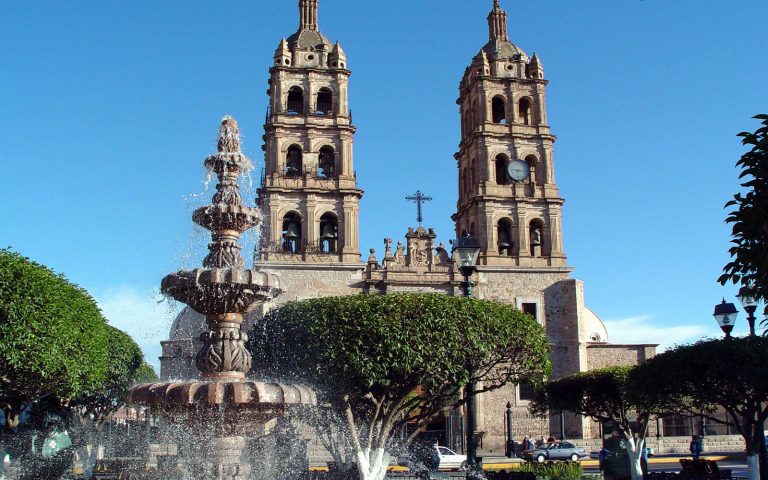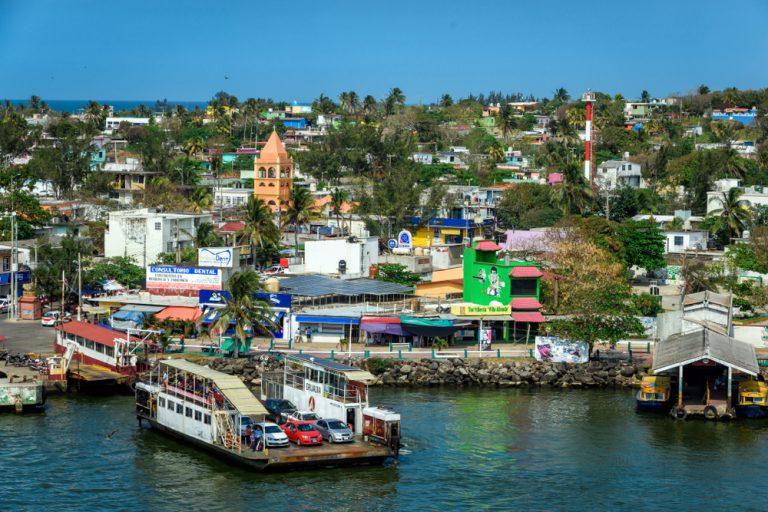Bridging Countries: The Juarez-El Paso Border Crossing Unveiled
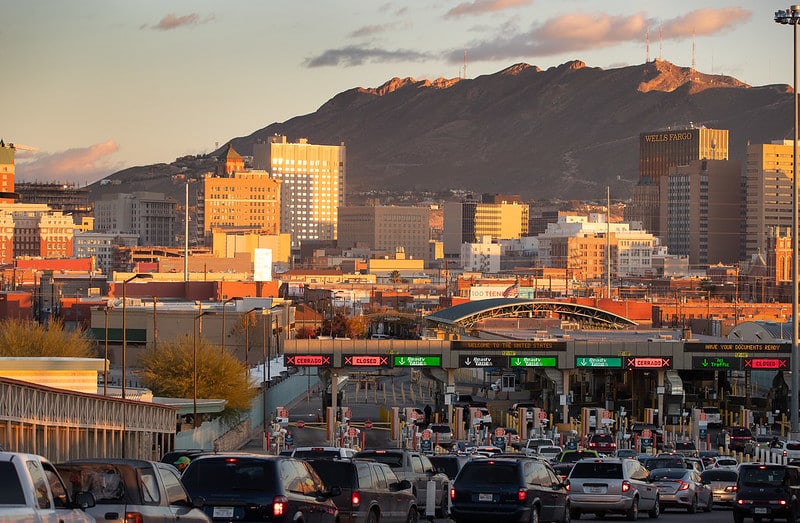
Bridging Countries: The Juarez-El Paso Border Crossing Unveiled
Serving as a crucial link for trade and travel, this article delves into the importance, history, infrastructure, and impact of the Juarez to El Paso border crossing.
As you may know, the border crossing between Juarez, Mexico, and El Paso, Texas, is a significant gateway connecting the two nations.
With a rich cultural heritage and economic significance, this border crossing plays a pivotal role in shaping regional dynamics and fostering bilateral relations.
By exploring its development and current status, we aim to shed light on the challenges and opportunities associated with this vital border connection.
Juarez – El Paso border crossing: Historical Significance
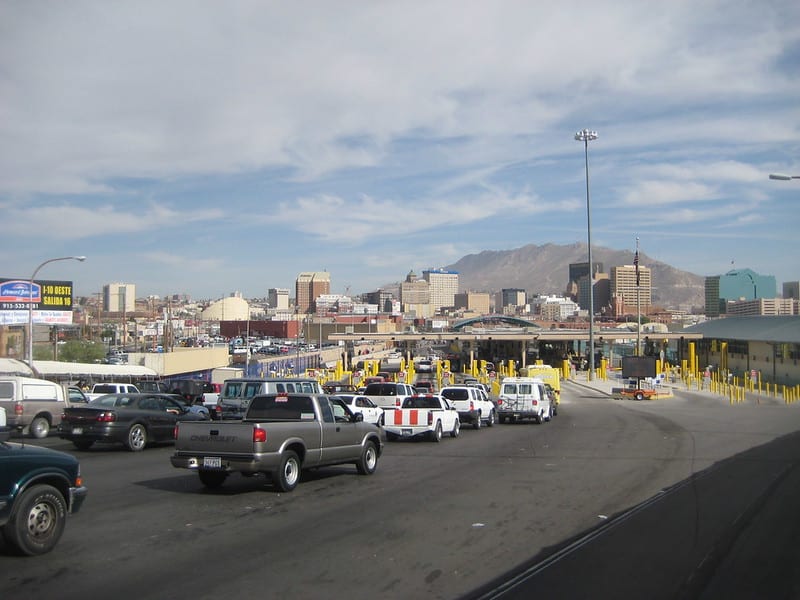
The Juarez to El Paso border crossing has a rich historical significance, deeply intertwined with the shared heritage and relationship between Mexico and the United States.
The crossing has witnessed significant events such as the Mexican Revolution, the rise of the maquiladora industry, and the implementation of the North American Free Trade Agreement (NAFTA).
These historical milestones have contributed to the border crossing’s evolution into a crucial point of connection for trade and travel.
Infrastructure and Operations
The Juarez to El Paso border crossing boasts robust infrastructure and well-established operations to handle the constant flow of people and goods.
It comprises multiple international bridges, including the Paso del Norte Bridge, the Stanton Street Bridge, and the Bridge of the Americas.
These bridges are equipped with customs and immigration facilities to facilitate the efficient movement of individuals and cargo.
In recent years, technological advancements have played a vital role in improving border crossing operations.
Initiatives such as the Secure Electronic Network for Travelers Rapid Inspection (SENTRI) and the Automated Commercial Environment (ACE) have expedited the processing of trusted travelers and streamlined trade procedures, respectively.
Additionally, collaboration between border agencies and the adoption of modern technologies like biometric identification systems have enhanced security measures at the crossing.
Economic Impact
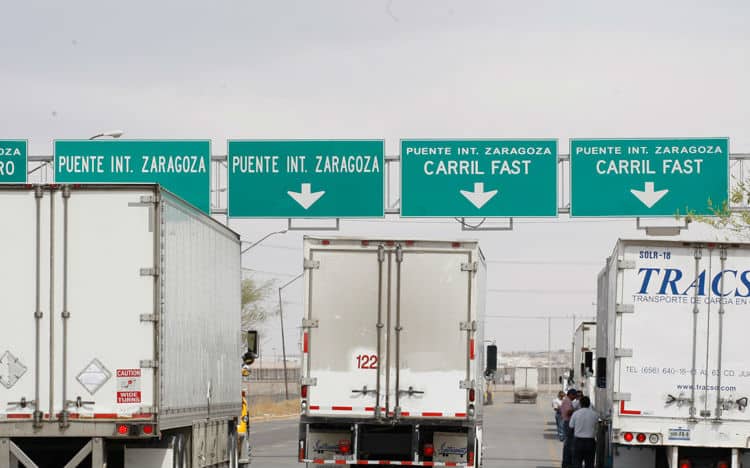
The Juarez to El Paso border crossing serves as a key economic hub for both Mexico and the United States.
The maquiladora industry, which involves the assembly and manufacturing of goods in Mexico for export, has flourished along the border, attracting significant foreign investment and creating numerous job opportunities.
The proximity to the United States allows for cost-effective production and efficient supply chains.
The trade volume between Mexico and the United States through this border crossing is substantial. In 2020, despite the challenges posed by the COVID-19 pandemic, the total trade value reached approximately $76.4 billion.
This figure highlights the critical role of the border crossing in supporting the flow of goods and services between the two nations.
Beyond trade, the Juarez to El Paso border crossing also facilitates tourism, benefiting both local economies.
El Paso offers a variety of attractions, including historical sites, cultural events, and shopping destinations, while Juarez attracts visitors with its vibrant markets, local cuisine, and lively nightlife.
The border crossing acts as a gateway for tourists to experience the unique blend of cultures and explore the attractions on both sides.
Juarez – El Paso border crossing: Challenges and Future Outlook
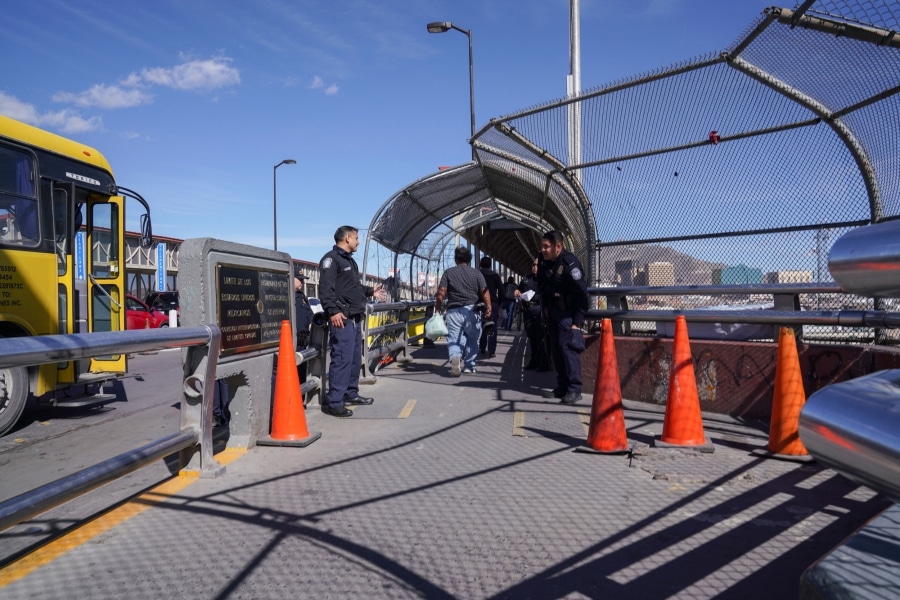
While the Juarez to El Paso border crossing serves as a vital link, it faces various challenges that impact its efficiency and effectiveness.
Long wait times, especially during peak periods, can hinder the movement of goods and people. Addressing infrastructure needs, investing in technology, and streamlining border procedures are crucial to overcoming these challenges.
Moreover, geopolitical factors, changes in immigration policies, and international relations between Mexico and the United States can influence border operations.
You may want to read: Tijuana Mexico: TOP Things to do in 2023
Maintaining a cooperative approach and open communication between the border agencies of both countries is essential to ensure the smooth functioning of the crossing.
Looking ahead, the future of the Juarez to El Paso border crossing remains promising. The implementation of the United States-Mexico-Canada Agreement (USMCA), the successor to NAFTA, is expected to further enhance cross-border trade.
Continued investment in infrastructure, modernization of border facilities, and the adoption of innovative technologies will play key roles in facilitating efficient and secure movement across the border.
Cross-Border Cooperation and Cultural Exchange
The Juarez to El Paso border crossing not only facilitates economic interactions but also encourages cross-border cooperation and cultural exchange. The proximity of these two cities has fostered deep cultural connections and a rich blend of traditions and heritage.
Residents on both sides of the border often engage in social and economic activities that promote a sense of unity.
Events and festivals held in Juarez and El Paso provide opportunities for people from both sides to come together, celebrate their shared culture, and appreciate their differences.
The border region has a vibrant arts scene, with galleries, theaters, and music venues showcasing the talents of local artists.
The exchange of ideas, artistic expressions, and cultural practices contributes to the unique identity of the border region.
Challenges in Security and Border Control
Despite its significance, this border crossing faces security challenges that require careful management.
The border region has experienced its share of drug trafficking and organized crime activities, necessitating heightened security measures.
The collaboration between Mexican and U.S. law enforcement agencies has led to joint efforts in combating crime and ensuring the safety of border communities.
Border control and immigration policies also play a crucial role in the functioning of the border crossing. Immigration procedures, visa requirements, and the handling of asylum seekers have a direct impact on the flow of people across the border.
Changes in immigration policies in either country can result in shifts in the patterns of border crossings and may require adjustments in border management strategies.
Tourism and Community Development
Tourism plays a significant role in the development of both Juarez and El Paso, stimulated by the cross-border movement facilitated by the border crossing.
The proximity to each other makes it easy for visitors to explore the attractions on both sides of the border, contributing to the local economies.
Both Juarez and El Paso offer a diverse range of experiences for tourists. From historical sites and museums to culinary delights and shopping opportunities, visitors can immerse themselves in the unique flavors and culture of each city.
The border crossing acts as a bridge, encouraging visitors to explore beyond the immediate vicinity and discover the richness of the border region.
The economic benefits of tourism extend to community development, job creation, and the preservation of cultural heritage.
The revenue generated from tourism activities can support local businesses and infrastructure projects, fostering economic growth and enhancing the quality of life for residents.
How many crossing bridges are there in Juarez – El Paso?
The Paso del Norte region has six border crossings extending from Tornillo, Texas to Santa Teresa, New Mexico.
All of El Paso’s border crossings are in operation 24-7-365.
In the immediate El Paso area there are four border crossings, the Cordova-Americas, Ysleta-Zaragoza, Stanton-Lerdo, and Paso Del Norte bridges.
Is a visa required for the Juarez – El Paso border crossing?
Yes, a travel visa is required for most individuals traveling from Juarez, Mexico, to El Paso, Texas, or any other destination within the United States.
The specific visa requirements depend on the nationality of the traveler and the purpose of their visit.
For Mexican citizens, the most common visa category for travel to the United States is the B1/B2 visa, which covers both business and tourism purposes.
Additionally, applicants may be required to attend an in-person interview at the U.S. Embassy or Consulate.
This visa allows Mexican citizens to enter the United States for a temporary period, typically up to six months, for activities such as tourism, visiting family or friends, attending conferences, or conducting business negotiations.
It’s important to note that the visa application process involves submitting the necessary documents, including a completed visa application form, passport, supporting documents, and payment of the application fee.
Conclusion
The Juarez to El Paso border crossing is a multifaceted connection that not only facilitates trade and travel but also promotes cultural exchange, community development, and environmental preservation.
While challenges exist, the collaborative efforts between Mexico and the United States, along with technological advancements and efficient border procedures, are crucial in ensuring the continued success of this vital link.
As the border region continues to evolve, it will remain a symbol of unity and cooperation, contributing to the overall prosperity and strengthening of relations between Mexico and the United States.


